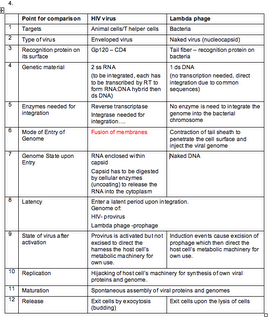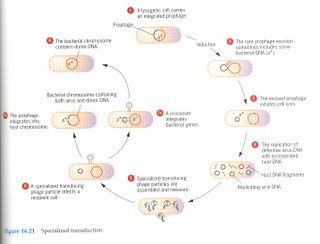To become infected with HIV, the virus must be:
1) in sufficient quantity
2) enter the bloodstream
Thus, it is not enough to come into contact with an HIV-infected fluid to become infected. Healthy, unbroken skin does not allow HIV to get into the body; it is an excellent barrier to HIV infection. HIV can thus enter the bloodstream directly through an open cut or sore, or through contact with the mucous membranes (and transported across membranes) in the anus and rectum, the genitals, the mouth, and the eyes.
HIV can be more easily passed from person to person, through blood, sexual fluids i.e. seminal and vaginal fluids and breast milk where HIV tend to be concentrated, in following ways:
1.unprotected sexual intercourse with another infected person
Is HIV only transmitted via blood?No. In the event of sexual intercourse:
Male to female transmission: Semen carrying HIV can enter the body of the female partner through the mucosal lining of the vagina, cervix and uterus.
Female to male transmission: Vaginal secretions carrying HIV can enter the body of the male partner through the head of the penis, the exposed urethra, or other cuts, sores or lesions on the penis.
2.sharing of infected needles and syringes (e.g. injecting drug users)
3.mother-to-child transmission during pregnancy, childbirth or breastfeedingDuring pregnancy, there can be transplacental transmission of HIV virus. Mechanism is poorly understood though it may be due to particular receptors. (http://www.cahr-acrv.ca/english/resources/abstracts_2004/abs/abs236.htm) (http://www.ncbi.nlm.nih.gov/entrez/query.fcgi?cmd=retrieve&db=pubmed&list_uids=11745695&dopt=Abstract)
HIV is often passed on to the child during labour or delivery when there is direct contact with the mother's blood and bodily fluid. A caesarean section can apparently lower the risk. (note: Tutorial question examined the mutation of the virus after birth)
4.transfusion with contaminated blood or blood products-----------------------------
The HIV Antibody Test detects whether proteins called antibodies,
which are produced in response to HIV, are found in the person's body.
Most people develop antibodies within 12 weeks of infection.
However, it is possible that the antibodies do not appear until six months
after the point of infection. This period of time when a person is infected
with HIV and has not developed antibodies to HIV is known as the
window period.
A positive result means that you are infected with HIV. You can infect others if you have sex with them.
A negative result means that you are either not infected or your infection was too recent to be detected. You need to repeat the test 3 months later.
But isn't the HIV latent? Where does the HIV antigens come from for the body's B cells to produce antibodies?There is an inital phase when the HIV first enter the bloodstream and is active, causing a strong response from our immune system (thus all the antibodies) It is after that when it enter the latency period where by its number is low in the bloodstream but will persist in replication
(http://www.berkeley.edu/news/media/releases/2005/08/08_hiv.shtml) - quite a cool paper. Although the line of research is foreign to me but the concept is refreshing.
---------------------------
(FYI)
HIV has been found in saliva and tears in very low quantities from some AIDS patients. It is important to understand that finding a small amount of HIV in a body fluid does not necessarily mean that HIV can be transmitted by that body fluid. Contact with saliva, tears, or sweat has never been shown to result in transmission of HIV.
--------------------------
Does Oral Sex confer transmission of HIV? Oral sex carries a lower risk, but again HIV transmission can occur here if a condom is not used - for example, if one partner has bleeding gums or an open cut, however small, in their mouth.
See study below.
The study was done on men-men relationship. However it should be noted that there is a much greater incidence of HIV transmission in a hetero-relationship. HIV is not a gay disease.
http://www.cdc.gov/hiv/resources/factsheets/oralsexqa.htm

























